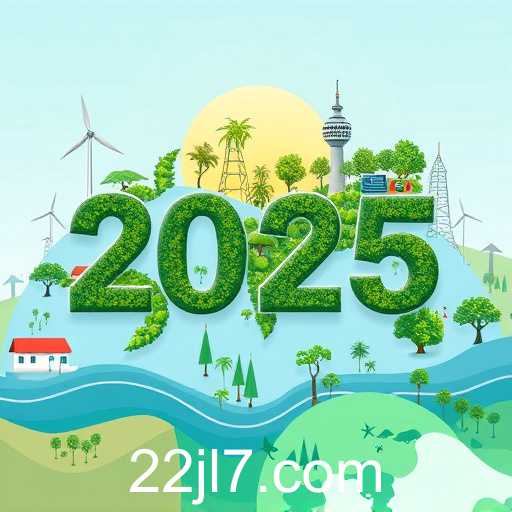Exploring contemporary strategies for adapting to climate change in 2025, including technological advances and policy shifts.
As the impact of climate change becomes increasingly apparent across the globe, 2025 marks a critical year for innovative adaptation strategies and policies. Governments, private sectors, and international organizations are stepping up efforts to mitigate adverse effects and to adapt to new environmental realities.
One of the significant trends in 2025 is the integration of advanced technologies such as AI and big data in monitoring and responding to environmental challenges. AI systems are employed to predict weather patterns and potential natural disasters with unprecedented accuracy, allowing for timely interventions and minimizing potential damages. Furthermore, big data analytics assist policymakers in understanding the intricate dynamics of climate impacts across different regions and demographics.
In addition to technological advancements, 2025 has seen a notable shift in environmental policies worldwide. Countries are increasingly adopting sustainable practices, not just as regulatory compliance but as integral components of their economic strategies. Green energy infrastructures, such as solar and wind power, receive substantial investment, enabling developed and developing nations to reduce carbon footprints significantly.
At the grassroots level, communities are organizing to implement sustainable agricultural practices, aiming to enhance food security against the backdrop of unpredictable weather conditions. Urban areas are also transforming, with smart city projects that incorporate green architecture and sustainable transport systems to reduce carbon emissions.
However, despite these advancements, challenges remain. The equitable distribution of resources for climate adaptation continues to be a pressing issue. Disparities between the Global North and South mean that some poorer regions still lack the means to implement necessary changes, calling for more robust international cooperation and financial support mechanisms.
Overall, the dynamics of climate change adaptation in 2025 reflect a blend of innovation, collaboration, and an ongoing battle against time to safeguard future generations. The progress made thus far is encouraging, yet it underscores the continuous effort needed to address one of the most formidable challenges of our time.




